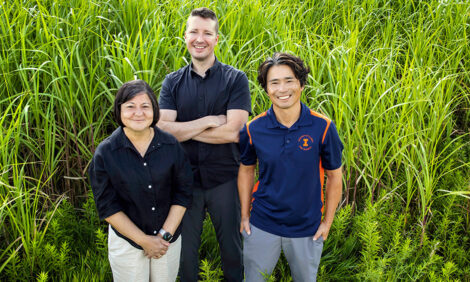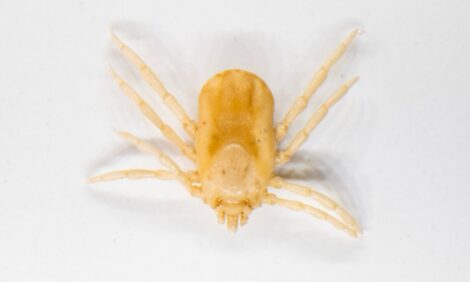



Crossbreeding Beef Cattle
It is important for producers to optimise economically important traits whilst trying to reduce costs of production in order to remain competitive. Beef Extension specialists explain how crossbreeding reduces costs and improves production."It’s time to rediscover crossbreeding,” said Roy Burris, Ph.D., an Extension beef specialist for the University of Kentucky. Many of his colleagues agree.
Scott Greiner, Ph.D., an Extension animal scientist at Virginia Tech, said it is one of the oldest and most fundamental principles to reducing costs and enhancing productivity.
“Crossbreeding beef cattle offers two primary advantages relative to the use of only one breed,” he explained. “Crossbred animals combine the strengths of the various breeds used to form the cross, and crossbred animals exhibit heterosis.”
Commercial cattle producers must realise that no single breed excels in all areas that affect profitability, said Matt Spangler, Ph.D., a beef geneticist at the University of Nebraska-Lincoln.
“Breed combinations can be engineered to accommodate environmental constraints and meet marketing objectives,” he said.
Thoughtfully applying the principles of crossbreeding can improve returns, said Bob Hough, Ph.D., executive vice president for the North American Limousin Foundation (NALF).
“In crossbreeding, genetic variation comes from both the selected variation within a breed and the genetic variation between the selected breeds,” he noted. “When producers apply selection pressure across breeds to allow one breed’s strength to offset another’s weakness, these breed differences are referred to as breed complementarity. That achieves a higher frequency of desired genes among the crossbreds than could be found within a single breed.”
Frank Padilla, director of member and commercial relations for NALF, used a common phrase in the cattle business to express his support for the concept: “The closest thing to a free lunch is taking advantage of an organised crossbreeding system. Breed complementarity and heterosis benefit every production sector by adding genetic diversity, optimal immune response, and other health and performance advantages.”
Also known as hybrid vigor, heterosis is the amount by which crossbred animals exceed the average of the pure breeds used in a crossbreeding system. Research conducted at Nebraska’s Fort Robinson Beef Cattle Research Station in the early 1960s provided the scientific documentation for heterosis, and numerous studies since then have documented crossbreeding’s effectiveness.
The amount of heterosis expressed for a given trait relates inversely to its heritability, which is the proportion of the measurable difference observed between animals that is due to additive genetic differences and passes from one generation to the next. Because reproductive and maternal traits have low heritabilities, their responses to selection will be slower; however, producers can make significant improvement in those traits through crossbreeding programmes that maximise heterosis. With growth traits, which are moderate for heritability and heterosis, progress is possible through both selection and crossbreeding.
David Daley, Ph.D., is an associate dean in the California State University-Chico College of Agriculture, where he directs the school’s beef programme. He also manages his own herd of several hundred commercial cows.
“Recently, I am hearing concern from some very large, progressive producers as their cows become more straightbred in a tough environment. Longevity, rebreeding and calf survivability all become important issues,” Mr Daley said. “I don’t think it is because they have bought the wrong bulls or managed their ranches incorrectly. It is because they have forgotten or ignored heterosis.”
The subtle, cumulative improvement that heterosis provides does not lend itself to maximums, he also noted, adding, “Because heterosis is expressed as a small net positive in many traits, we do not know it when we see it.”
Although the individual change in one trait is small, he said, lifetime production can increase by more than 20 per cent in programmes designed to capture both direct or individual heterosis in crossbred calves and maternal heterosis in crossbred cows.
“I am confident that we can no longer forget how to reduce input costs, and heterosis has to be part of that equation,” Mr Daley stated.


